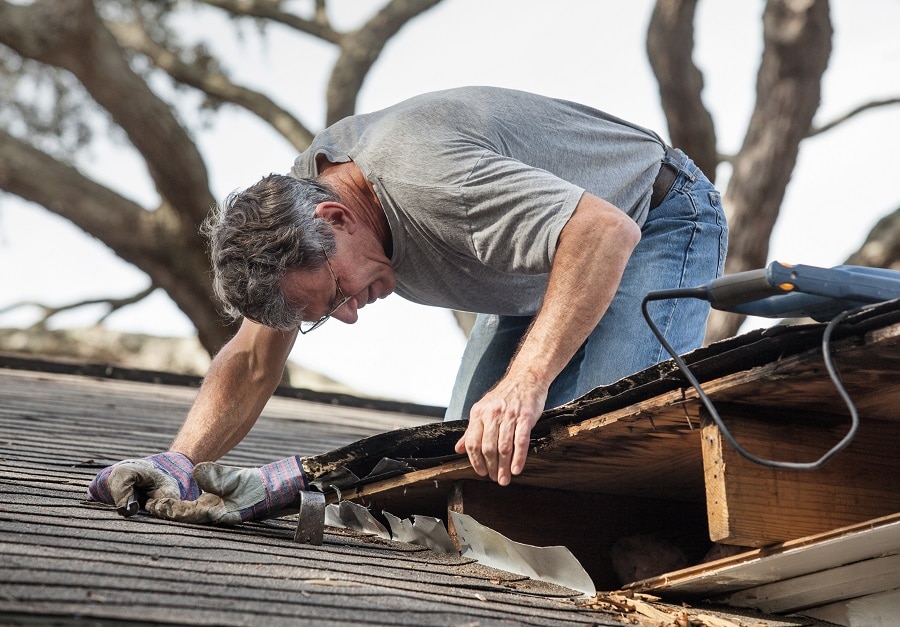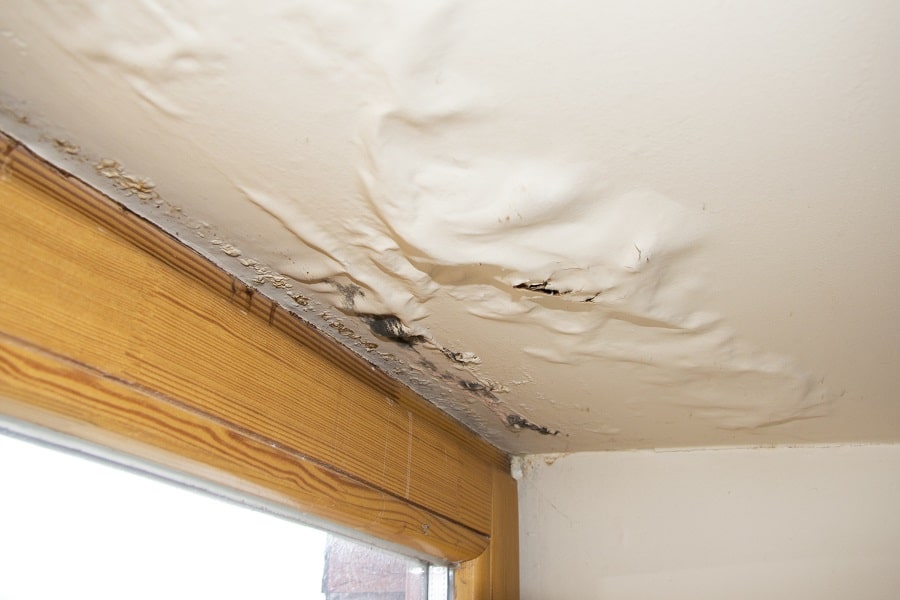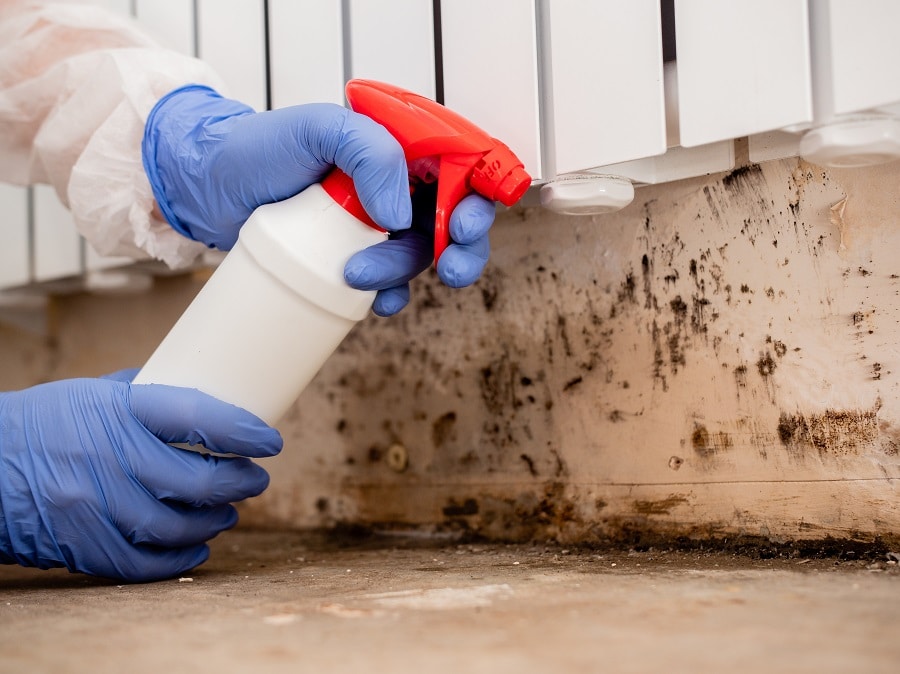Timber decay in buildings, regardless of their age, is often a result of rot. Wood rot manifests in two common forms: dry and wet rot, with both being (brought on by) a result of fungal decay in building timbers.
What is Wet Rot?
This type of rot can be found in wet timber. It disturbs the timber, causing it to swell and the fibres to begin separating, leading to crumbling and loss of strength in the structural timber. Wet Rot leads to wood decay and causes it to lose structural integrity and eventually disintegrate. Incessant contact with sources of moisture is the primary cause of wet rot in structural wood. This can be from faulty plumbing or penetrating damp from the building’s ‘wet’ side. Wet Rot is a fungus and will spread to neighbouring timbers, which in turn suffer damage.
Our Guarantee
- upto 30 year guarantee
- customer focused team
- 20 years combined experience
- portfolio of satified customers
- attention to detail
- Construction line accreditation
- public liability insurance
- CHAS accreditation
What is the Difference Between Dry Rot and Wet Rot?
Dry rot inflicts extensive damage much faster to structural timber as it spreads through the affected building. Wet rot, however, occurs more often but is typically less severe; decay in such cases is limited to the area affected by water. In the absence of noticeable fungi, we can identify wet or dry rot by observing the variation in timber colour and the size of the cracks seen on the timber.
What causes Wet Rot?
Wet rot spores are only present in certain environmental conditions. Moist timber is arguably the chief cause of wet rot. Moisture plays a major role in the appearance and progression of wet rot. As a result of this, indications of premature deterioration can be seen in the decaying wood.
The Dangers of Wet Rot in East-Sussex
Wet rot is a serious problem. It can cause irreparable damage to your home and reduce its value. Wet rot in the home must be addressed immediately, otherwise, you run the risk of it spreading and infecting the rest of your home. A survey of 2,038 London property owners inquired whether they had experience with wet rot in their homes, where the problem was identified, and how effective they were at preventing future cases.
The results were shocking – more than 20% of homeowners experienced wet rot in some form. Wet rot destroys timber flooring and can make the building structurally unsafe. Besides causing expensive repair work, devalue your property and most insurance companies will not offer policies on houses where there are signs of damp build-up or moisture ingress.

What are the Warning Signs of Wet Rot?
Signs of Wet Rot or the conditions needed by the fungus to become pervasive can vary depending on type cause of moisture with a property. Some obvious signs include peeling wallpaper, a musty smell, malfunctioning cookers and central heating boiler. Common areas where you can find wet rot include underneath the kitchen sink, along external walls, and roof spaces/attics. Wet rot typically affects old buildings which were built using timber frames other than modern species like Meranti and Sapele. Timber below ground level and as high as the one-floor level are also vulnerable to wet rot. Identifying it when it appears is the first step towards getting rid of wet or dry rot. A damp survey is on the cards if you believe your home has been infested.
Call Our Sussex Damp Experts team now for quote, consultation and advice:
Call on 01273 257 765.
How and When Should I Look for Wood Rot?
Searching your home for any signs of wood rot or damp should be done annually, just like spring cleaning. The period just before winter; during your weatherproofing activities, is a good time for it. You will need a decent flashlight and a screwdriver, preferably one with a long handle.
If your building has one, check the siding below and around the windows for any sign of swelling or discolouration in the wood. Since paint can hide wood rot and to ensure that it is solid, poke the siding with the screwdriver. If the wood is spongy and the surface gives as you apply pressure, you’ve got a wood rot problem. Examine the attic for discoloured wood with a powerful flashlight. Move on to the screwdriver test if you see wood that fits this description. You need to examine the roof decking’s base, the edge of the attic where the eaves are fashioned out of angled rafters, and the intersection of logs at the rooftop. These are the best locations for wood rot to grow in the attic.
Use the flashlight to examine the wood in the crawl room or basement for discolouration around the border wood plate sitting directly on the concrete wall. Use the screwdriver test wherever necessary. Check the walls and floors to spot discolouration below sinks and catch water leakage around baths/tubs and the water heater.
How do we identify wet rot?
Recognising wet rot is not always a straightforward or easy task, wet rot is versatile and attacks timber in several forms. If you can push a knife all the way into painted timber, that is an obvious sign of rot. Our specialist damp proofing experts have years of experience and are trained to look for the following:
- Localised fungal growth on timber
- The soft, spongy feel of timber; the affected area appears darker than the surrounding timber.
- The soft and spongy texture of rotting timber; the affected region often looks darker than the other parts.
- That spongy, soft feel timber gets when affected by wet rot; the affected parts are darker than the other areas.
- The spongy, soft texture of rotten timber; the infested area is darker than the other parts.
- The springy feeling that is an indicator of wet rot; the affected area is often darker than others around it.
- Crumbling of affected dry timber into particles.
- Dry timber crumbling into particles.
- The crumbling of infested timber into dry particles.
- Dried-out timber disintegrating into particles.
- The disintegration of rot-eaten timber into particles.
- Shrinking timber
- Bleaching wood in window and door frames
- Flaky or damaged paint
- A musty, damp smell
What to Do After You Detect Wet Rot?
It’s important to get a damp expert to tackle wet rot and cut off the source of moisture; this helps prevent recurring issues. For more information on treating wet rot, call 01273 257 765 today to speak to our damp proofing experts.
Wet Rot and Damp Proofing in East-Sussex

If you need damp proofing services or wet rot treatment in East-Sussex, you are on the right page. When you call us immediately you notice signs of damp or wet rot, we can fix the problem by putting a stop to the progression of the infestation; helping you avoid pricey repairs down the road and minimising health risks. One of our qualified damp surveyors will be able to determine the cause of the problem and the best course of action to rectify the issue.
Timber damp proofing is a deliberate attempt to protect the timber from moisture damage which could lead to decay. Protection for timber is possible in two ways.
Surface treatments can never be relied upon; they will always fail, eventually making the situation worse when they do. The only answer is to cover the entire surface with a membrane or treating/replacing the timber. Sussex Damp Experts can provide more information on wet rot treatment, call our experts on 01273 257 765 today to get started.
Wet Rot Treatment Specialists in East-Sussex
With more than 20 years of experience, we are one of East-Sussex’s leading wet rot specialists; offering site surveys and cost estimates at no charge to private and commercial property owners. Our damp proofing team will pay you a visit and identify signs of moisture invasion and wet rot, we will then provide a lasting solution to fix the problem. Our team of experts employ advanced techniques to curb the spread of different types of wet rot in properties.
Wet Rot Treatment in East-Sussex
Typically, wet rot occurs only in locations where timber has been exposed to moisture and where the wood continues to be damp. However, we don’t just deal with the affected area alone during treatment, we consider the source as well. We examine the pathways moisture takes in reaching the timber and block them all off, eliminating the possibility of a repeat case. To get a lasting solution, only seasoned professionals should be responsible for wet rot treatment. Delay in treatment can result in a compounded increase in the treatment cost. It is advisable to contact professionals like Sussex Damp Experts when you identify any sign of damp or wet rot development in your building.

We can provide lasting solutions to wet rot. Sussex Damp Experts can help you save your timber, we quickly investigate the source of the humidity and which areas are under threat of decay. Don’t put it off any longer, call us today on 01273 257 765 or complete and submit the contact form to get started.
Our Wet Rot Treatment Process in East-Sussex
The more you wait, the worse the damage gets. Treatment might only be required for a small area if you can detect the signs of fungal rot early enough. In circumstances where the wet rot has been allowed to take deep root in the timber, you might have to consider replacing entire timbers or carrying out major repairs. Treating wet rot entails various procedures. The treatment of wet rot involving timbers must start with addressing the root of the problem and preventing moisture from reaching the timber. We locate the source of water leakage, whether in the form of poor guttering or condensation among others and take the appropriate action to fix it. Builders and contractors who lack expertise often resort to replacing the affected wood. Chemical Preservatives are then applied to the area in question after replacement. Such an approach is assured of failure. If you are unsure about the presence of wet rot in your building, no worries! Sussex Damp Experts is always ready to help you get rid of it and save your timber.
What happens to Wet Rot if left untreated?
Leaving wet rot to grow unchecked will lead to the weakening of the structural timber which could affect the safety of the residents. The timber gets soft and spongy as rot sets in, this means it will cave in when prodded with a sharp-edged object like a knife or screwdriver. The ultimate result is a loss of structural integrity and even possibly your building being condemned. Call Sussex Damp Experts 01273 257 765 to get started.
What is the cost of Wet Rot Treatment in East-Sussex?
Rot has devastating effects on properties. The cost of damp proofing and remedial works varies depending on the type and severity of the problem, but you shouldn’t let that put you off. Our wet rot treatment services in East-Sussex come at an affordable cost. We advise you on the best course of action to protect your home and your health.
How to prevent wet rot?
To prevent decay, the wood must be kept dry and free of moisture. You can also apply wood hardeners to protect the timber from the effects of rot. The wood becomes more resistant to moisture when coated with the hardener. The most vulnerable areas in a building are the window boxes and sills, including timber beams that haven’t been damp proofed and stand close to brickwork.
Talk to Our Wet Rot Treatment Experts Today!
Call 01273 257 765 today to speak to one of our experts concerning wet rot treatment in your building.
FAQ
Is wet rot smelly?
Is Wet Rot Capable of Spreading?
Can Wet Rot Cause Health Problems?
Is there a DIY treatment solution?




